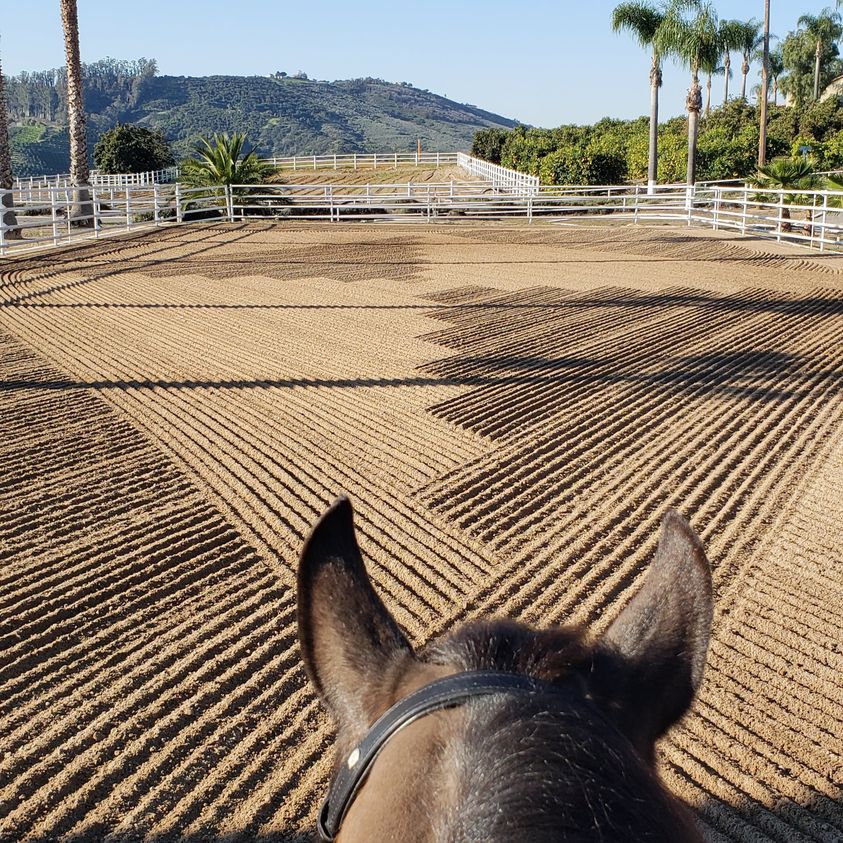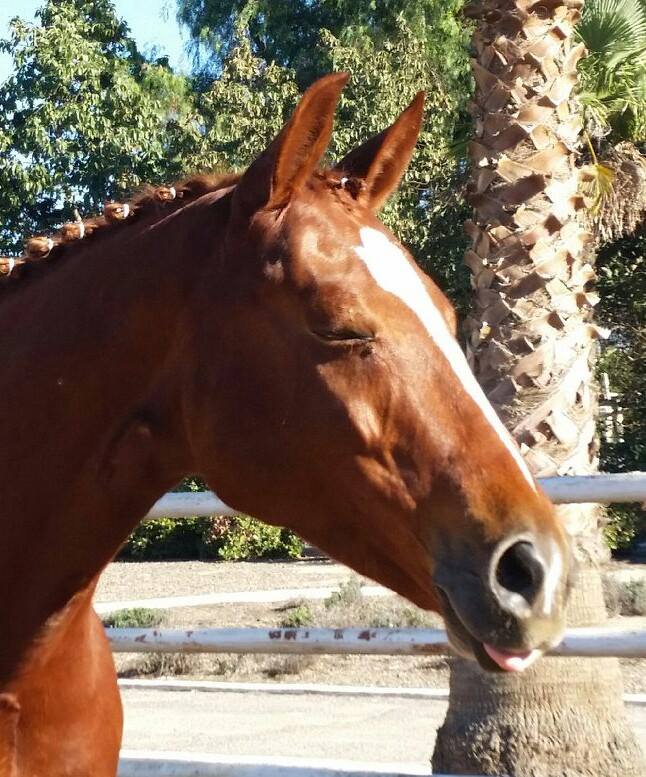Advertising options
Our fifth and final installment of the sales series is all about location, location, location. It’s as true in horse sales as it is in real estate. Where you place advertisements for your horses will have a huge impact on how quickly your horse sells. There are a number of sales websites out there, each with their own niche that they serve. If you place your horse in the wrong one, you may not get much traction. That doesn’t mean you should simply place ads in all of them though. I know, I know, I can hear people screaming at me about how you never know where a buyer is going to come from. But in reality and in my experience, that is just not the case.
Time and money should be spent marketing your horse in the place that is most likely to produce a buyer quickly. The more time I spend answering emails and phone calls from someone with a $5K budget that just wants more pics of your pretty $50K horse, the less time I’m able to spend engaging with buyers who actually have the budget to buy him. (That means you’ll be spending more money while it takes longer to sell him!) So choose your websites carefully, and post the horse in the place most likely to generate interest from serious buyers and not just a bunch of tire kickers.
Social media is another important avenue, but it has gotten rather tricky to market horses in most social media platforms as they’ve cracked down hard on any type of animal sales. Pages, groups, and even personal profiles have been shut down, restricted or banned, and posts are constantly being deleted. It’s still possible if you know how to work around the systems, but it gets more challenging by the day. Still, for those savvy enough to stay one step ahead of the ban hammer, social media, and especially Facebook, are still the priority place to display your horse.
Also of note are the vast connections that a professional has. In addition to posting the horse in the right places online, we can get in touch with the dozens of trainers all over the country and even the world to let them know about the horse. And often times, they’re contacting us on a regular basis too to see if we have anything currently that fits the needs of a client they’re shopping for. So while that’s “free” advertising, it is not something to discount because a lot more horses sell that way than through ads.
All in all, you can have all the other parts absolutely spot on, but if you don’t put them in the right place to be seen by the right people then you’re going to be sitting on the horse, and all it’s associated bills, for quite some time. After all, you wouldn’t go to the middle of the Amazon rain forest to buy an Aston Martin DBS Superleggera, would you? It doesn’t matter how nice the car is, no one is going to see it, and thus no one is going to buy it. (But if anyone wants to buy that divine specimen of magnificent machinery for me, I will *find* a way to get to the middle of the Amazon!)
I hope this little series has helped you somewhat in marketing your horse better and more successfully! There is definitely a lot that goes into it, especially when you need consistent results and want to get top dollar. Of course, if it’s left you a bit overwhelmed, or if you have a horse that just doesn’t seem to be selling, I’m happy to chat with you to see if I can help. The market is red-hot right now for quality dressage horses, so if your horse has been sitting on the market for a while then there’s something not right about the way it’s being marketed. Just shoot me a message, or give me a call at 815-861-3005 and we’ll get a plan set up to get your horse sold


